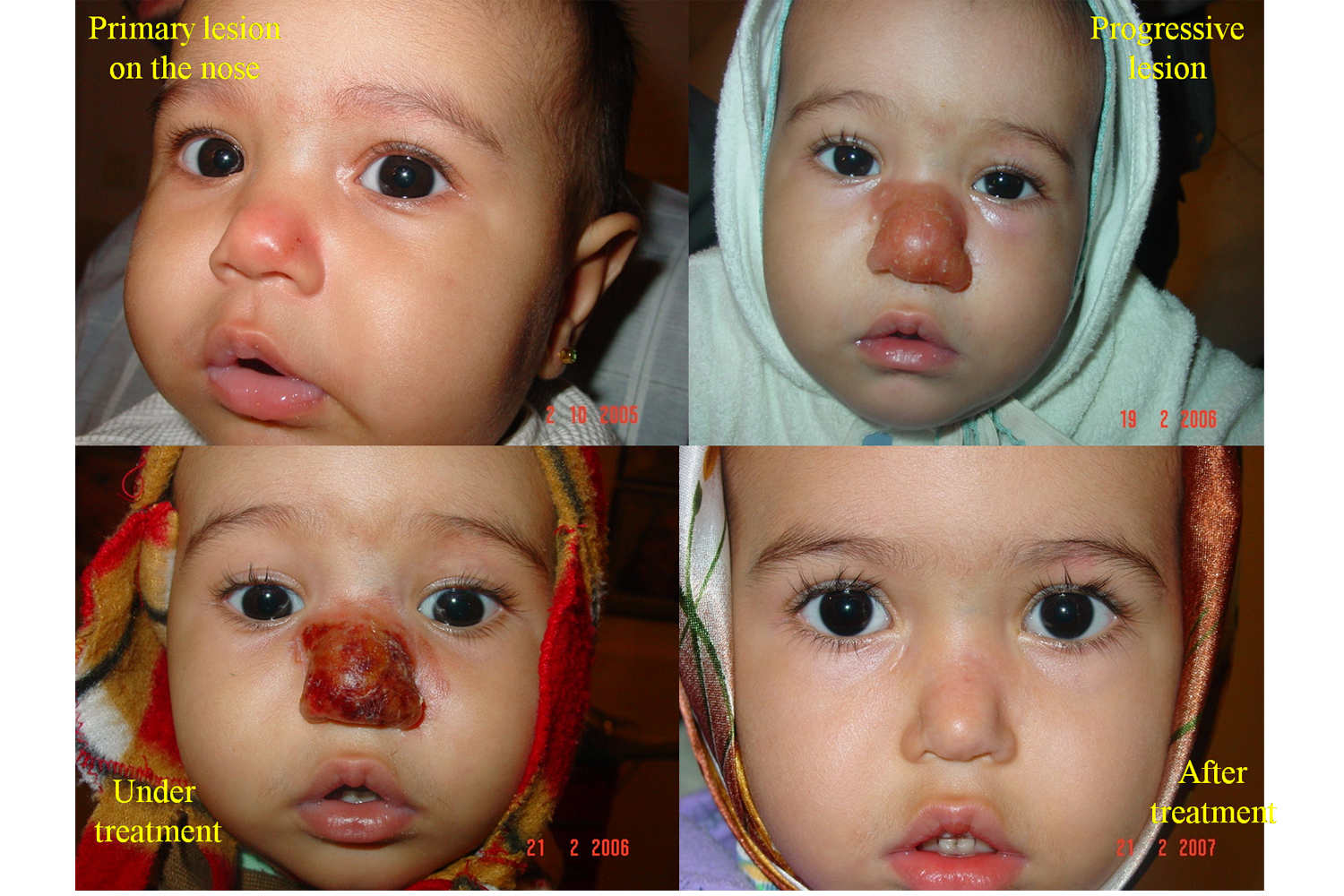Scientists are calling Leishmania, a flesh-eating parasite, the next plague we could face as humans. About 25,000 people die each year from this parasite and 350 million individuals in about 90 different countries could be affected in the future. Untreated Leishmania kills its victim in months.
Leishmania spreads through the bite of sand flies carrying the parasite. There are three types of this disease: cutaneous, mucosal and visceral. They differ in pain levels and lethality, with visceral being the most dangerous of the three.

Cutaneous is the least rare form of the disease, but eats away at the flesh anyway and leaves ulcers on the face. Mucosal leishmaniasis scars the mucous membrane area of the throat and mouth, which can be incredibly painful. Visceral is lethal because it targets vital internal organs unable to be treated.
The treatment itself is only available to those fortunate enough to live near a hospital, and it can take up to a month to complete. If doctors stop the treatment prematurely, a relapse is inevitable. Since the disease is most present in third-world countries, many die due to lack of medical assistance.
Some people have already brought the disease to the United States after their eco-tourism travels to countries in Africa, Asia, South America, southern Europe, and the Middle East. Mexico is also one of the 90 countries where sand flies are carrying this parasite.

Fortunately, the disease can only be spread from a sand fly to a human, and not human-to-human. However, scientists still worry that climate change can contribute to the spreading of this parasite. Sand flies live in warm, tropical weather so they could find habitat in the south of the United States if temperatures keep rising.
While treating this disease is simple and inexpensive in the U.S., scientists are still working to create a vaccine for Leishmania. They have already created the vaccine successfully on mice, but there is no timeframe for when it will be ready for human use. Funding for this study is unfortunately not enough to speed up the process.
The scientists in charge of this case study are from the Georgia Institute of Technology and are currently humanity’s best hope to fight this disease. They believe it could become the next plague in the world if we do not find a vaccine soon enough. The government needs to start taking this threat seriously and figuring out a solution once and for all.
